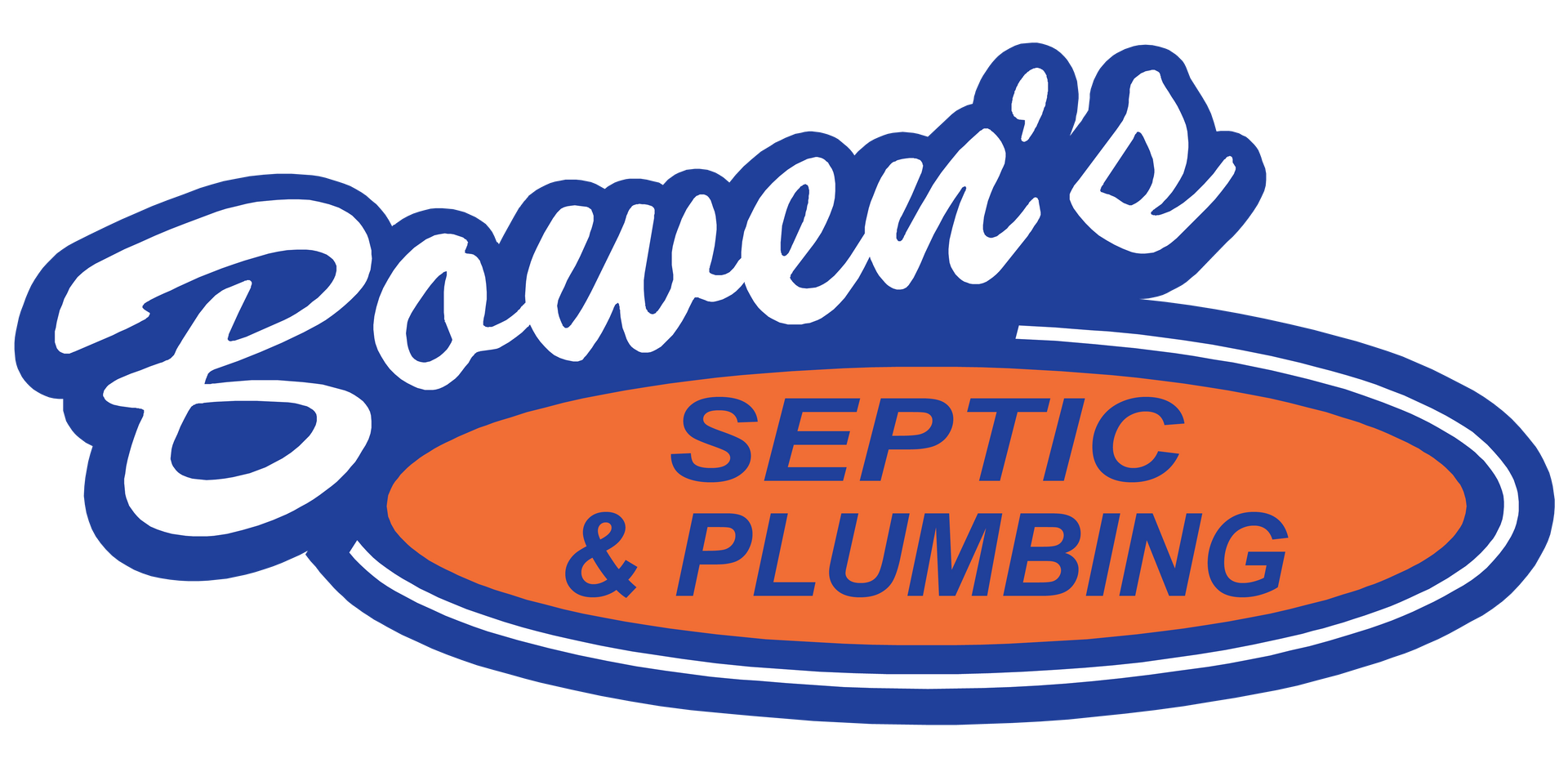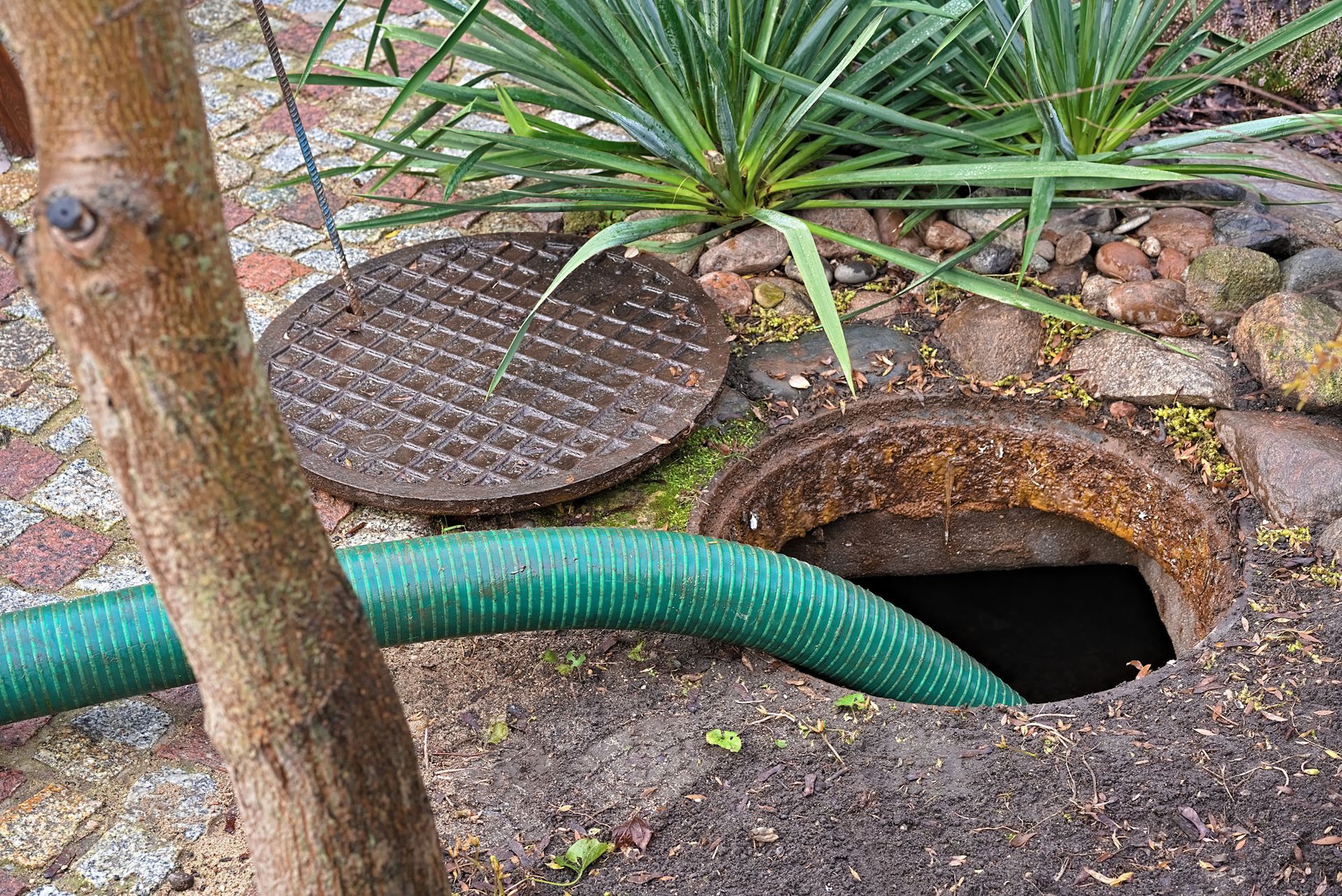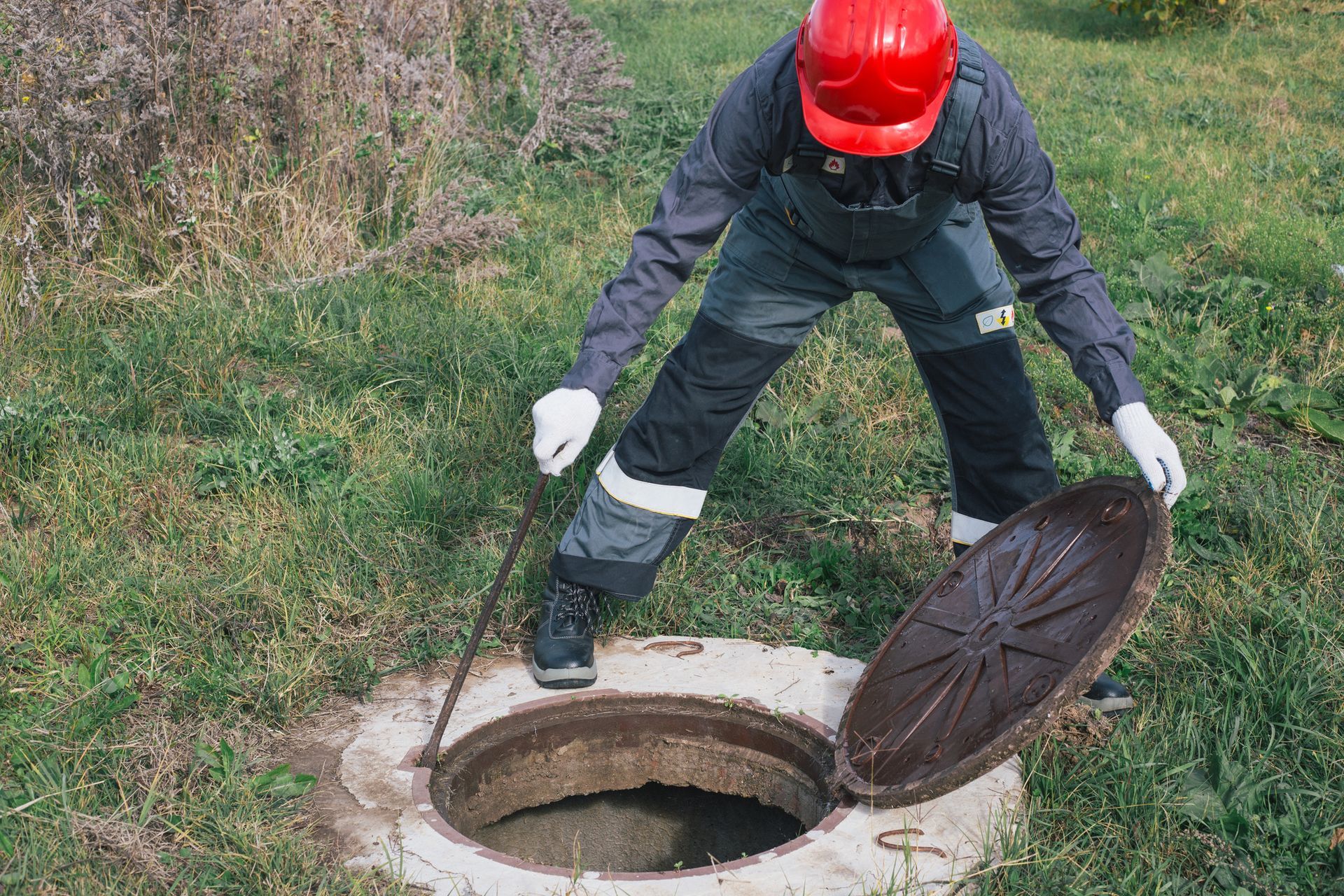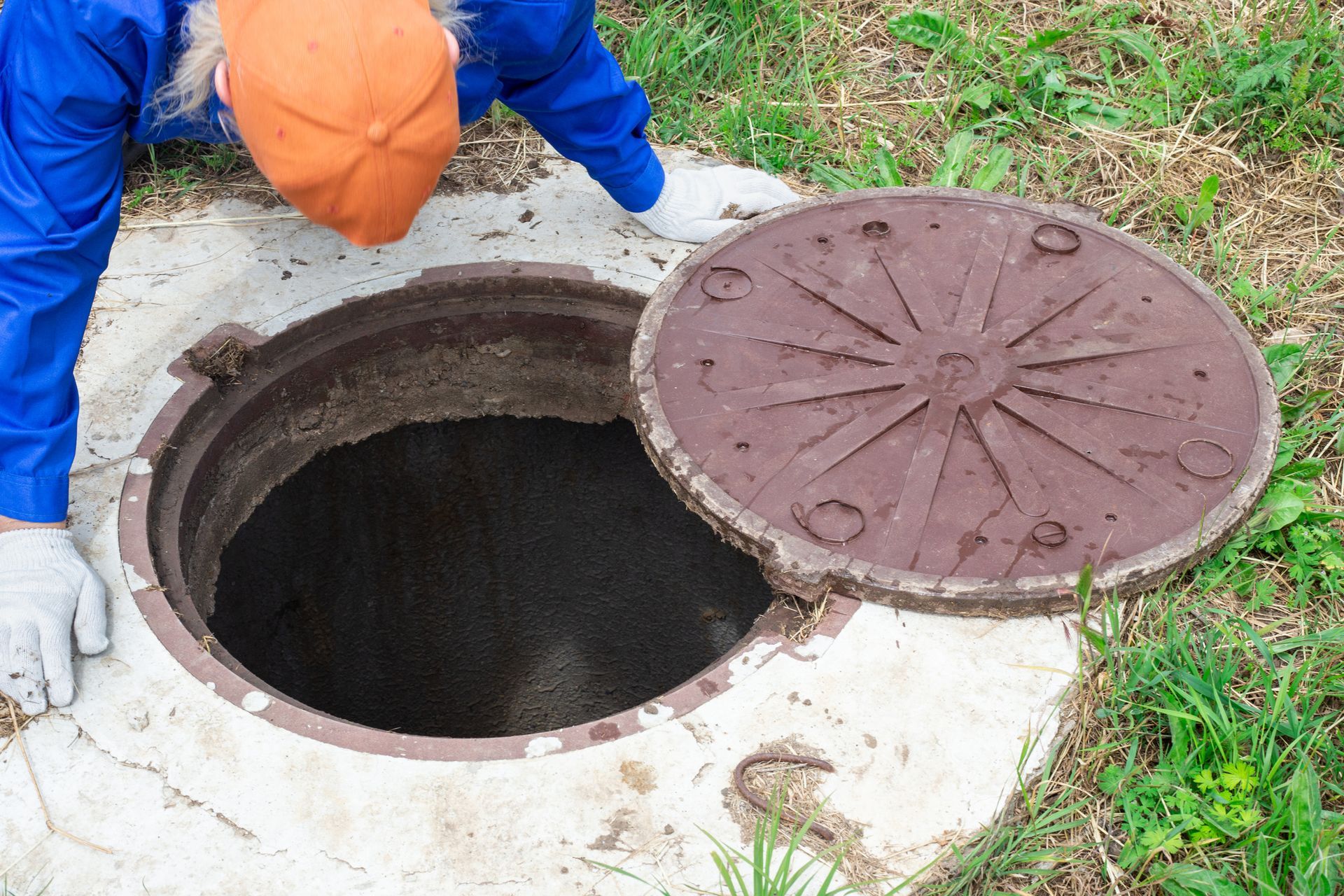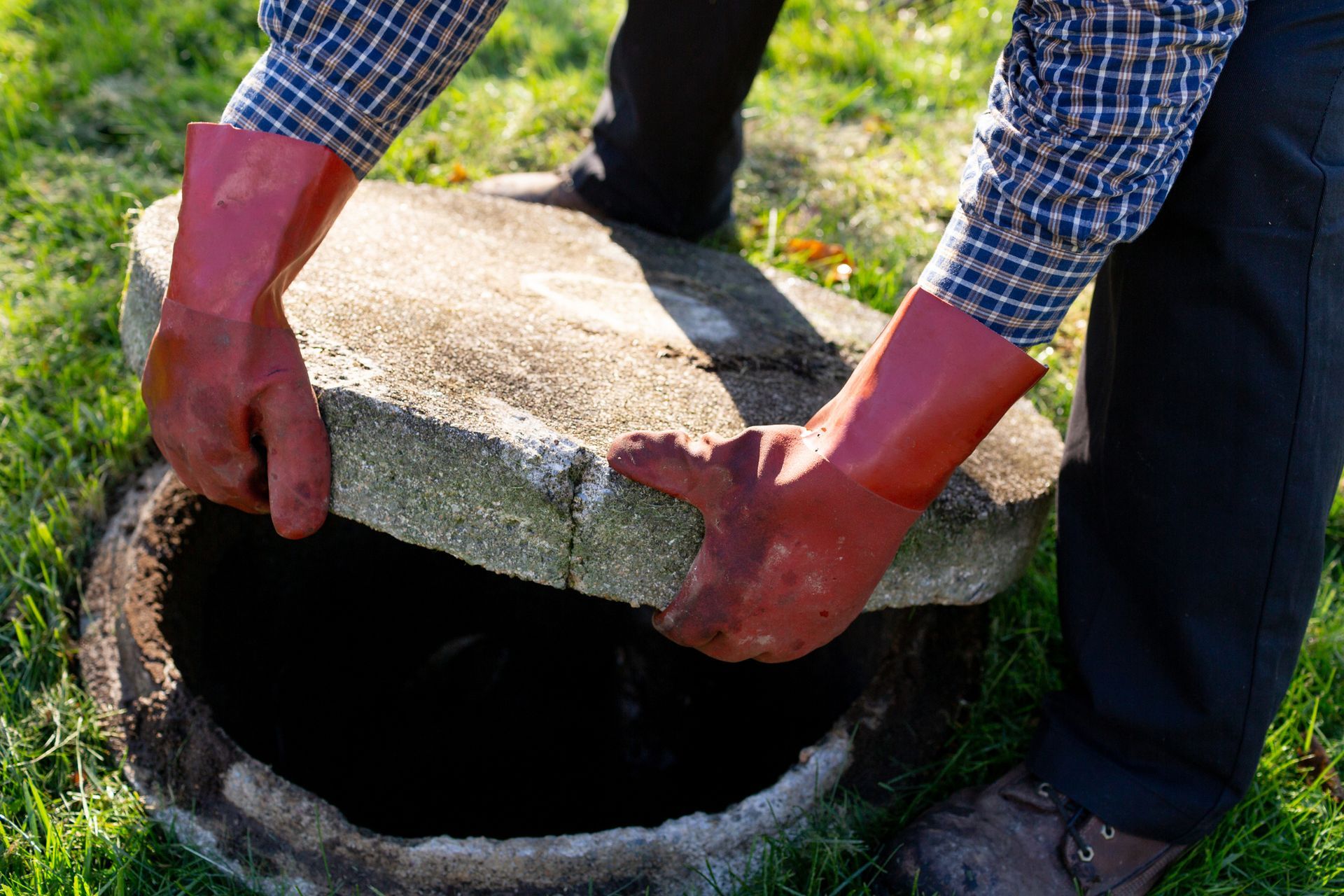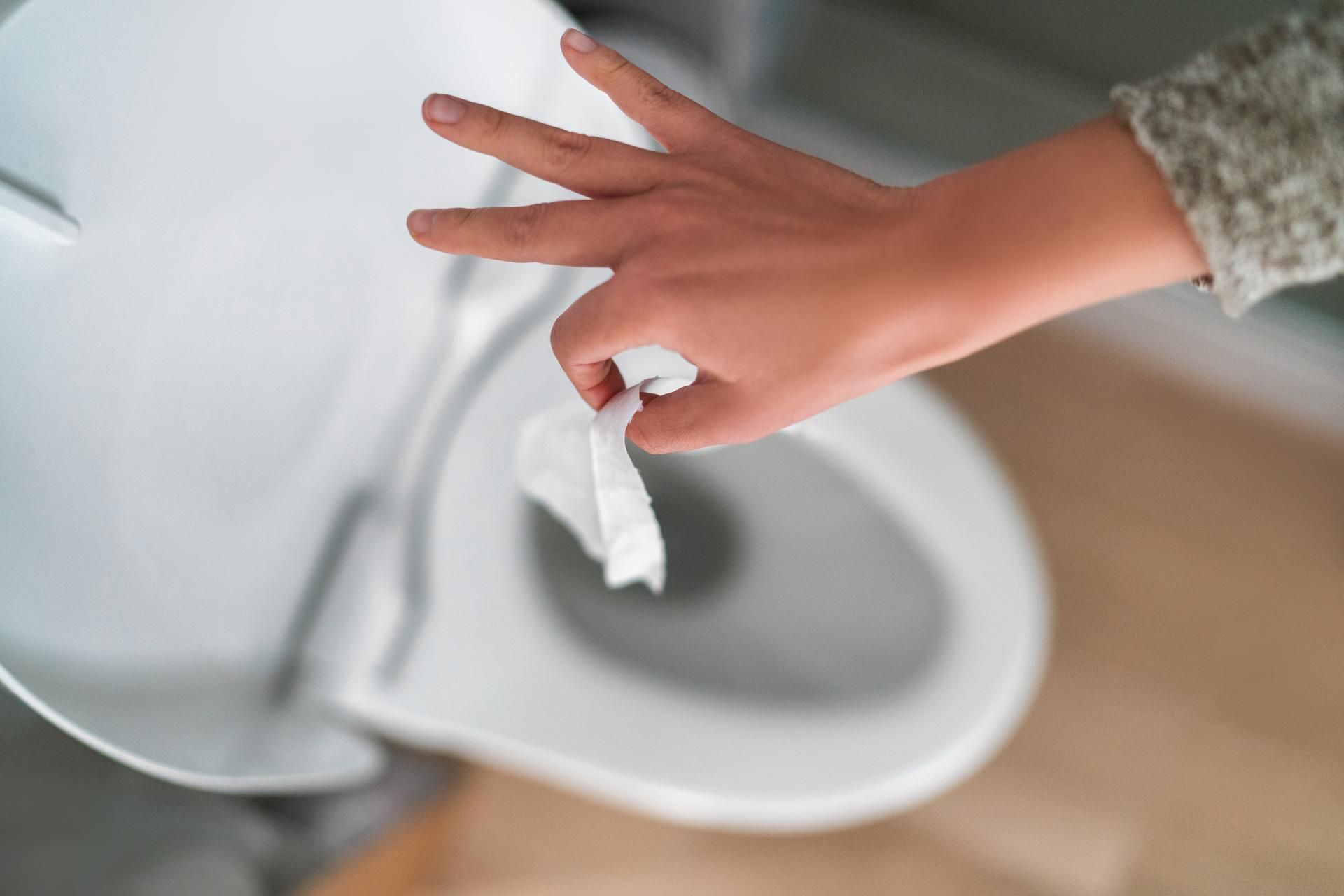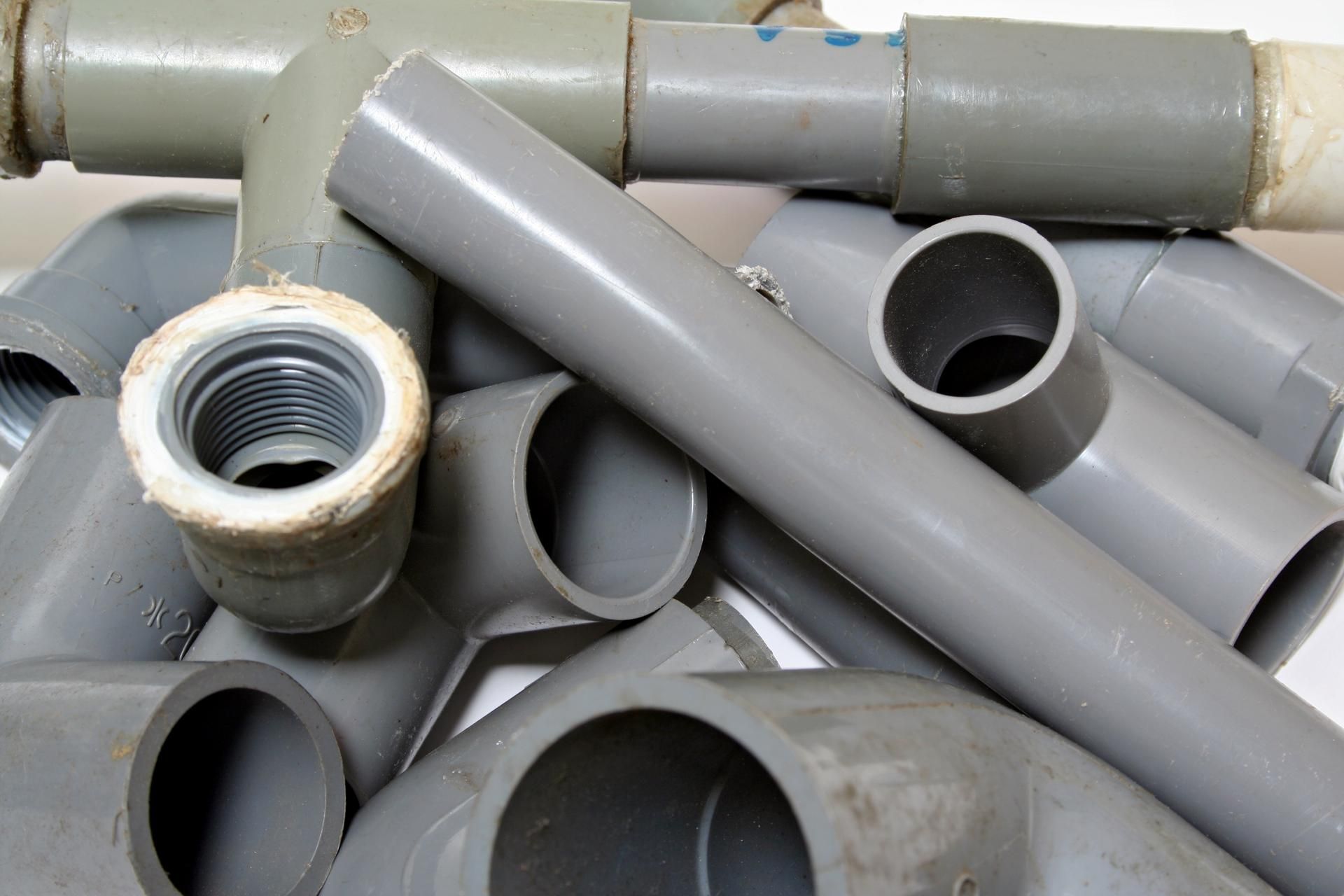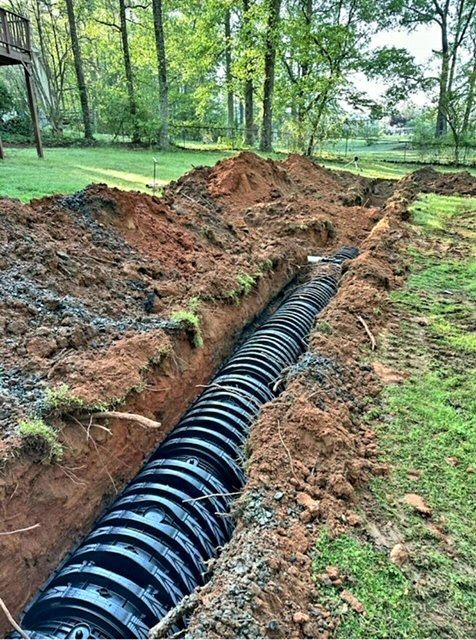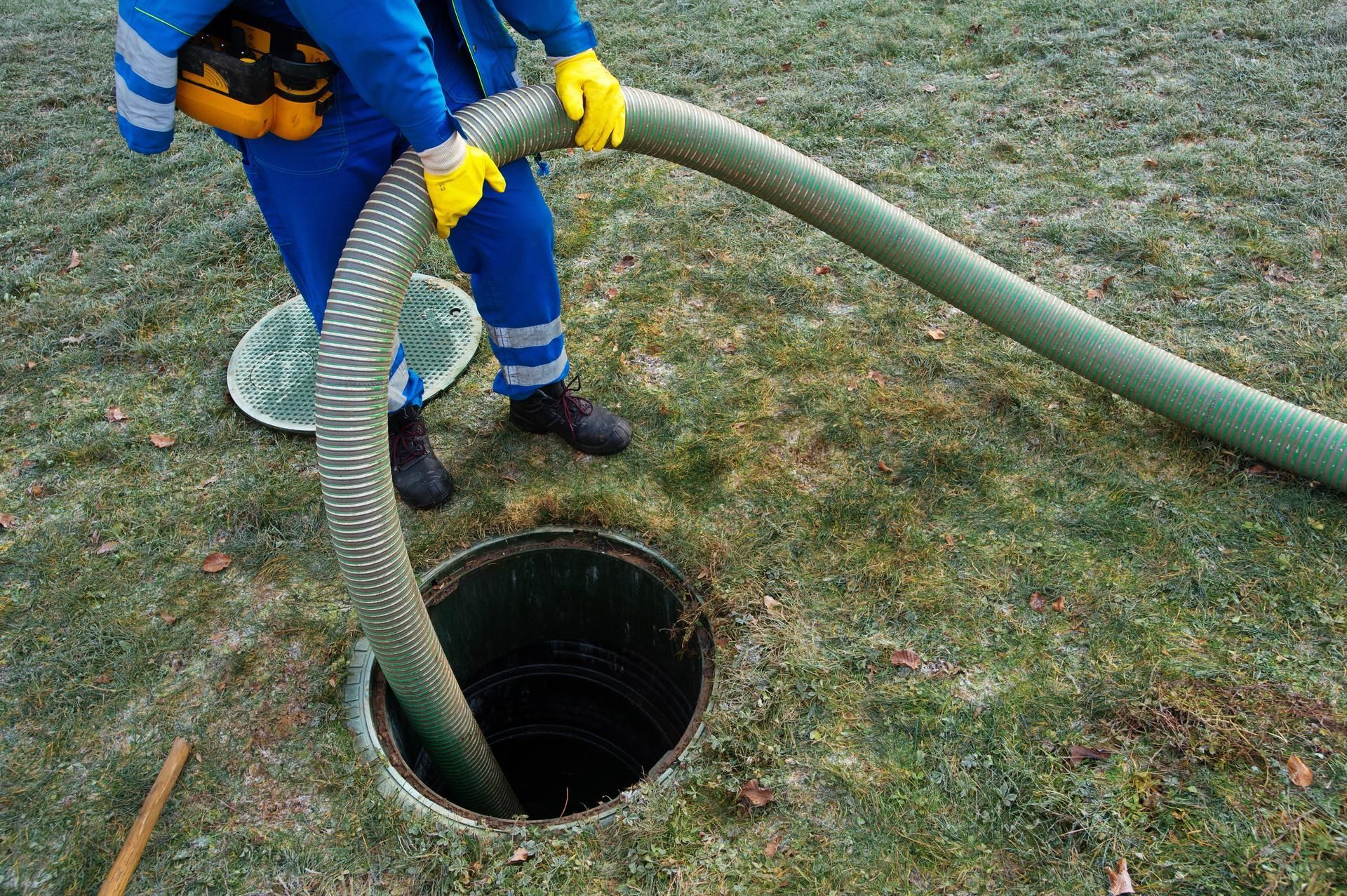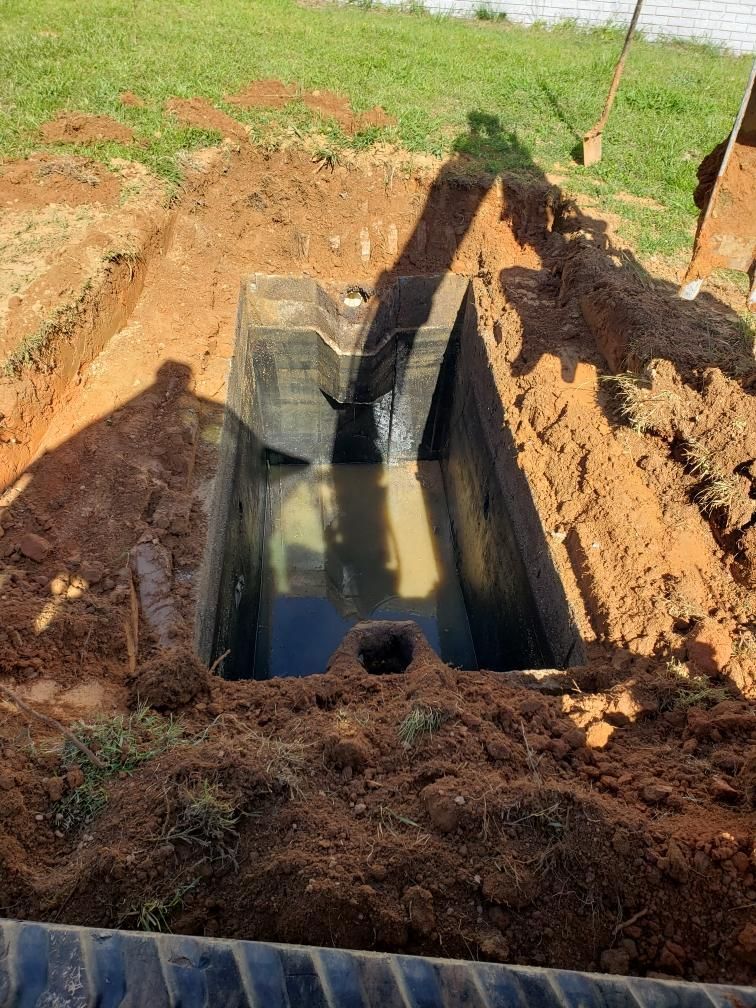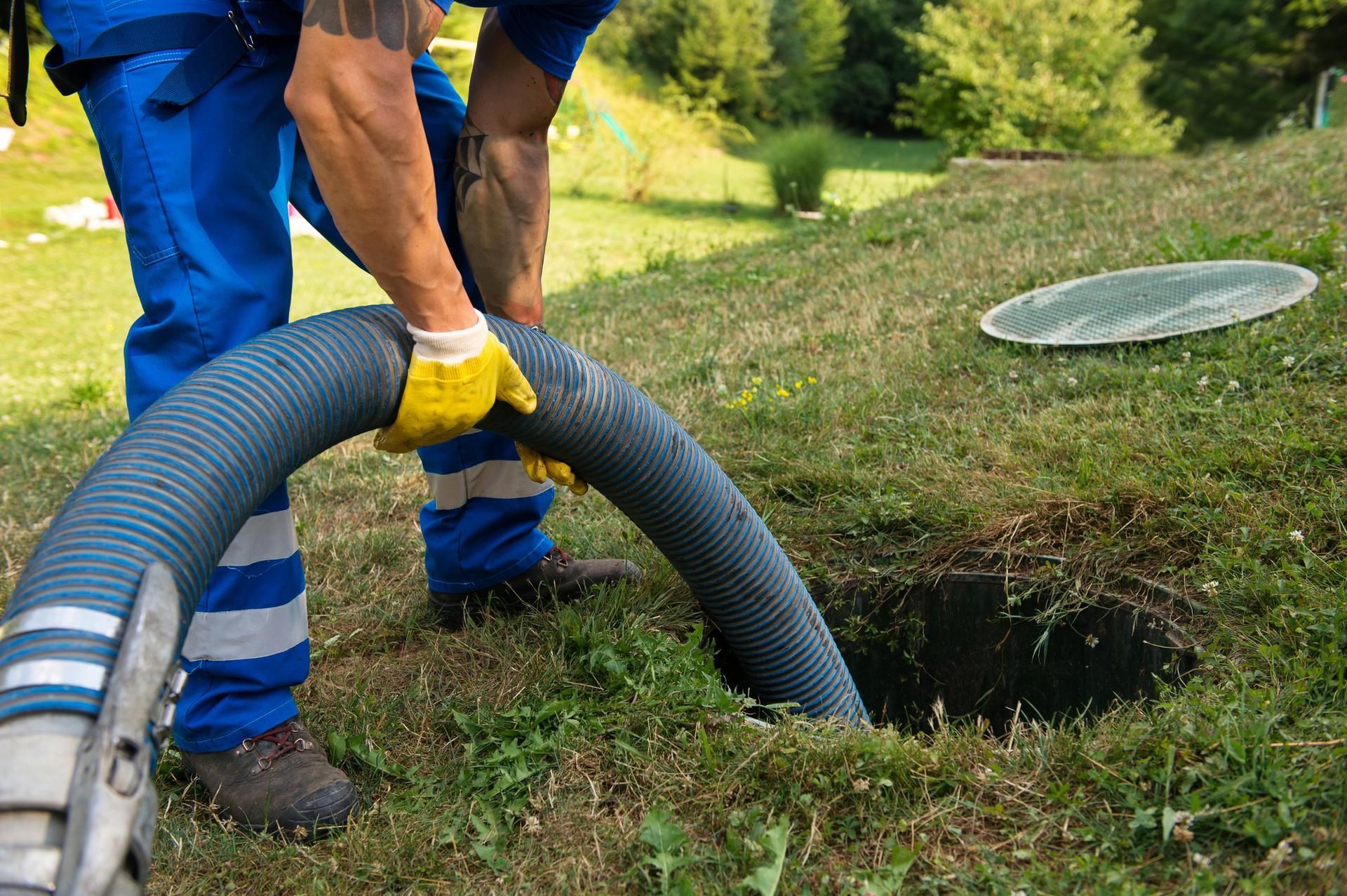Factors to Consider When Installing a New Septic System

A septic system functions as an onsite sewage collection and disposal system. However, an improperly designed or installed septic system may have disastrous results.
Poor septic installation and design can result in drainage problems and septic system failure. Therefore, detailed planning is necessary before you install a septic system. Below are some factors to consider when installing a new septic system.
Size is everything with septic systems. Size refers to the dimensions of the septic tank and the drainfield. The right size septic tank is one that accommodates current and future usage. Your septic tank should be able to handle the daily volume of water usage in your home.
If your septic system is too small, you may experience drainage problems. On the other hand, an oversized septic tank may be expensive to install. The more the volume of daily water usage in your household, the larger the septic tank you will need.
Multiple types of septic tanks are available for households. These systems generally differ in the methods they use to treat wastewater. Common types of septic systems include:
Understand the capacity of each septic system and how it works to pick the right one. For instance, a conventional septic system is ideal for a small household but cannot handle the demands of a large population.
Your septic system provider usually conducts a preliminary assessment of your property before installation and recommends the best system for your needs.
The landscape is an essential consideration when determining septic system placement. This is because the terrain in the area you install your septic system determines whether it will be able to handle excess water or runoff.
The ideal terrain for septic system placement is a flat area. A flat area eliminates drainfield problems because the surface allows the drainfield to distribute treated water into the surrounding area.
You must also consider the setting of your outdoors to determine the best place to install your new system. Ideally, avoid areas with trees because tree roots may grow towards the direction of your septic system and cause blockages. Your septic system should also be at least five feet away from the house.
Your septic tank, drainfield, and sewer lines should be in an area you can access easily in case you need repairs. Accessibility is also essential for routine maintenance such as inspections and septic system cleanup.
The soil in the area you install your septic system determines how effective your system will be in draining water. Soil with a significant amount of gravel and sand is more effective in filtering the effluent from your sewer system.
Undisturbed sandy soil does not get waterlogged quickly. It has a high absorption capacity. In contrast, clay soil has poor absorption and may prevent the passage of water from the drainfield. If the soil beneath the drainfield is too wet, it may be unable to filter the sewage before it reaches groundwater.
A septic tank installation company analyzes your soil’s absorption capacity to determine its suitability.
If you want a septic system that can cater to your household for the long term, work with an installation professional with expertise. A professional septic service company will help you design your septic system and pick a suitable design for your needs.
If you need a partner to collaborate with on your septic system installation project, look no further than Bowen's Septic Tank. Contact us today to book an appointment with our septic installation experts.
Poor septic installation and design can result in drainage problems and septic system failure. Therefore, detailed planning is necessary before you install a septic system. Below are some factors to consider when installing a new septic system.
Size of the Septic Tank
Size is everything with septic systems. Size refers to the dimensions of the septic tank and the drainfield. The right size septic tank is one that accommodates current and future usage. Your septic tank should be able to handle the daily volume of water usage in your home.
If your septic system is too small, you may experience drainage problems. On the other hand, an oversized septic tank may be expensive to install. The more the volume of daily water usage in your household, the larger the septic tank you will need.
Type of the Septic System
Multiple types of septic tanks are available for households. These systems generally differ in the methods they use to treat wastewater. Common types of septic systems include:
- Conventional septic system
- Aerobic treatment system
- Chamber system
- Sand filter system
- Mound system
- Drip distribution system
Understand the capacity of each septic system and how it works to pick the right one. For instance, a conventional septic system is ideal for a small household but cannot handle the demands of a large population.
Your septic system provider usually conducts a preliminary assessment of your property before installation and recommends the best system for your needs.
Landscape for the Septic System
The landscape is an essential consideration when determining septic system placement. This is because the terrain in the area you install your septic system determines whether it will be able to handle excess water or runoff.
The ideal terrain for septic system placement is a flat area. A flat area eliminates drainfield problems because the surface allows the drainfield to distribute treated water into the surrounding area.
You must also consider the setting of your outdoors to determine the best place to install your new system. Ideally, avoid areas with trees because tree roots may grow towards the direction of your septic system and cause blockages. Your septic system should also be at least five feet away from the house.
Accessibility of the Septic System
Your septic tank, drainfield, and sewer lines should be in an area you can access easily in case you need repairs. Accessibility is also essential for routine maintenance such as inspections and septic system cleanup.
Soil Around the Septic System
The soil in the area you install your septic system determines how effective your system will be in draining water. Soil with a significant amount of gravel and sand is more effective in filtering the effluent from your sewer system.
Undisturbed sandy soil does not get waterlogged quickly. It has a high absorption capacity. In contrast, clay soil has poor absorption and may prevent the passage of water from the drainfield. If the soil beneath the drainfield is too wet, it may be unable to filter the sewage before it reaches groundwater.
A septic tank installation company analyzes your soil’s absorption capacity to determine its suitability.
If you want a septic system that can cater to your household for the long term, work with an installation professional with expertise. A professional septic service company will help you design your septic system and pick a suitable design for your needs.
If you need a partner to collaborate with on your septic system installation project, look no further than Bowen's Septic Tank. Contact us today to book an appointment with our septic installation experts.
